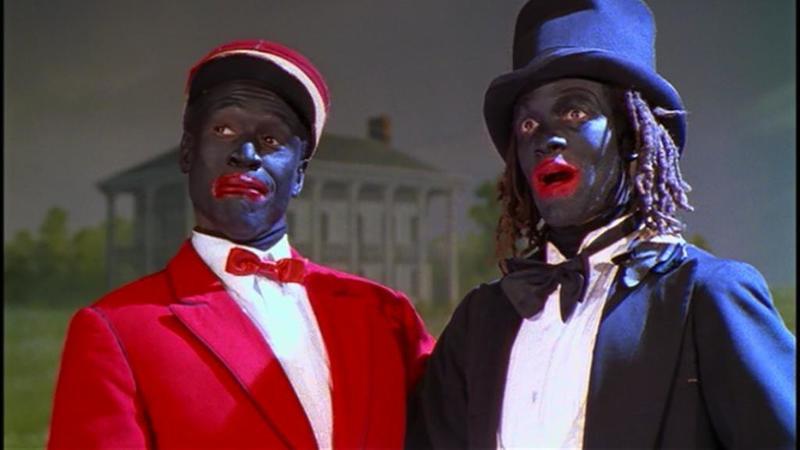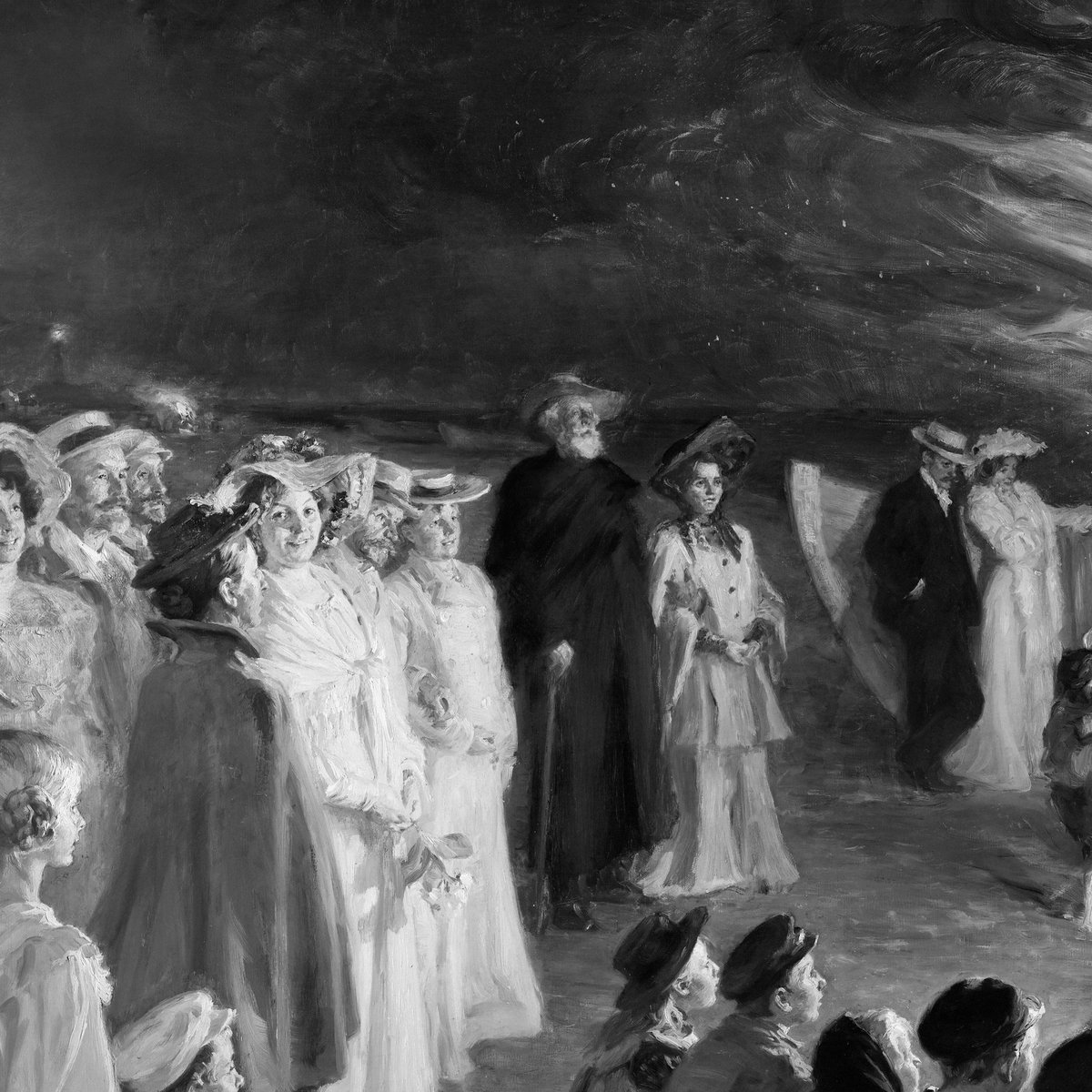Facing Blackness: Media And Minstrelsy In Spike Lee’S Bamboozled By Ashley Clark Review

With the amount of films being churned out to audiences through different mediums today it is easy for projects to get lost in the midst of everything. Viewing a film is no longer limited to watching it in an auditorium or buying a physical copy due to streaming services such as Netflix and rental options on Amazon Prime. In the year 2000 all of these ideas had yet to be introduced, when Spike Lee announced he would be filming his new project Bamboozled with a digital camera people thought he was really losing it. Considering the sort of controversy, whether it is unnecessary or warranted, that follows Lee’s films fans and critics were quick to run to their laptops and be the first to hurl their opinions at anyone willing to listen to why Lee was making a huge mistake. Once the film came out, Bamboozled seemed to prove those articles and angered fans right. Some even suggested Lee ruined his own career with this one film.
However, as we all know things have changed since then. Firstly there are so many different ways of watching films whether it is on ones phone or streaming from a MacBook. Filming digitally is something of a normality now accepted by audiences and critics alike. However what about films like Bamboozled that suffered because people were just not used to these new idea. Made up of three chapters, similar to three acts of a film, journalist and film programmer Ashley Clark in his new book Facing Blackness: Media and Minstrelsy in Spike Lee’s Bamboozled explores why the film not only deserves to be revisited for being arguably Lee’s magnum opus but also one of the best modern cinematic examples reflecting social injustice and tragedy.
In the first chapter titled Misrepresented People (Bamboozled in Context) Clark details Lee’s background and work in a critical and engaging manner rather than being relentlessly favourable, indicating that the book will look at Bamboozled with a sharp unbiased eye. Also this provides a great foundation for those that are not familiar with Spike Lee’s work and can read the book whether they have seen his work or not. Clark justifies why a film like Bamboozled was made at the time it was in Lee’s career. His knowledge of film really shines through with an excited and energetic tone due to the range of films he refers to from Brain De Palma’s little known early effort ‘Hi Mom!’ to the stale and rather vile eighties comedy ‘Soul Man’.
In the second chapter titled Dela Soulless (Madness, Media and, the Mask) Clark gives a clear and informative history on the ugly the grass roots of black face in entertainment and the negative impact it had on society from Al Johnson’s The Jazz Singer to college campuses having house parties where they ‘black themselves up’ for fun and ridicule. Clark makes some very unique and in-depth observations about Lee’s reasoning behind the content and even technical choices of the film and relating it to film merit and social issues. For example when tackling the issue of why Lee chose to shoot the film digitally, giving it a grainy almost amateurish look, Clark appropriately reminds the viewer the content we are dealing with here is ugly itself and should be uncomfortable to watch otherwise Lee has not fully accomplished what he’s set out to do. The last chapter details the overlooked and lasting effect the film has had, providing a great argument that to ignore the film once again would be a further injustice to its overdue legacy and praise. Clark not only makes cinematic references, his literary ones are just as fitting and informative. They all work to give a great sense of just how ambitious Lee was when making a misunderstood masterpiece such as Bamboozled.
One of the many elements that stand’s out in this book is Clark clearly pointing out that Lee’s relentless satirical digs at society are not that outrageous and closer to home than one initially one thinks, particularly when you consider the modern scandals of Hollywood and most news stories mainly in the US. When describing a scene in Bamboozled where TV executive casually suggests that if the NAACP oppose to the new blackface show he’ll pay them off like he usually does, Clark refers to the leaked emails between Sony executives Amy Pascal and Scott Rudin which included crass race jokes about President Obama’s film preferences and vulgar perspectives on serious issues in Hollywood, highlighting that Lee depicts ‘cultural gate keeping at the very top level’. Never once does Clark veer off topic and this highlights just how passionate he is about why he believes Bamboozled deserves another chance and makes it impossible for people to argue against this notion. Even if one doesn’t agree that the film deserves more praise, it would be hard to argue that Clark doesn’t make the perfect argument in this great book.


















Must Reads
David Holmes – Humanity As An Act Of Resistance in three chapters
As a nation, the Irish have always had a profound relationship with the people of Palestine
Rotterdam – A City which Bounces Back
The Dutch city is in a state of constant revival
Going Remote.
Home swapping as a lifestyle choice
Trending track
Vels d’Èter
Glass Isle
Shop NowDreaming
Timothy Clerkin
Shop Now